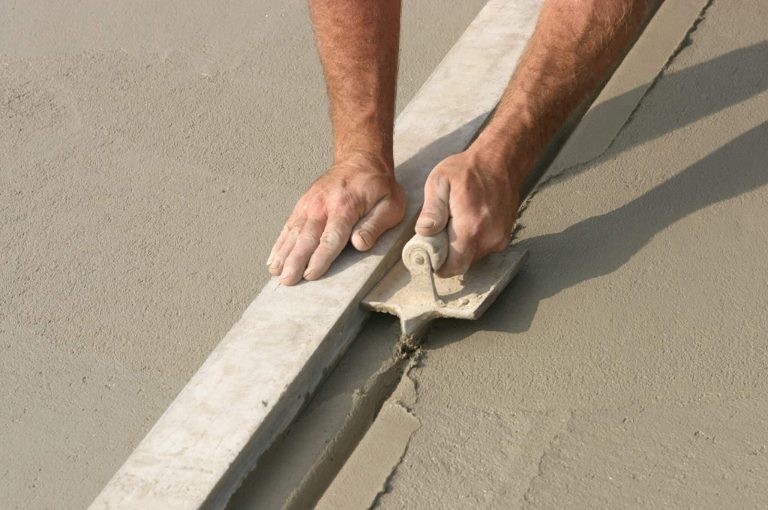Concrete floors are widely used in industrial and commercial settings due to their durability and strength. However, over time, joints in concrete floors can wear out, leading to safety hazards and expensive repairs. To extend the lifespan of joints on concrete floors, What should i use for Joints on concrete floors?
Proper Installation:
Ensure that joints are installed correctly from the beginning. Use high-quality materials and follow industry standards for joint placement and What should i use for Joints on concrete floors? Proper installation reduces the risk of early wear and tear.
Regular Inspections:
Conduct routine inspections of concrete floors and joints. Look for signs of damage, including cracks, spalling, or uneven surfaces. Early detection allows for prompt repairs, preventing further deterioration.
Seal the Joints:
Apply joint sealants to protect against moisture and contaminants. This helps prevent the infiltration of water and chemicals that can contribute to joint deterioration. Choose sealants that are suitable for the specific conditions of the environment.
Controlled Curing:
During the concrete curing process, maintain proper temperature and moisture levels. This ensures that the concrete reaches its maximum strength and reduces the likelihood of premature joint failure.
Proper Maintenance:
Implement a regular maintenance schedule for cleaning and inspecting concrete floors. Remove debris, dirt, and chemicals promptly to prevent abrasive wear on joints.
Load Distribution:
Distribute heavy loads evenly across the floor to minimize stress on joints. Proper load distribution prevents localized wear and extends the lifespan of the concrete floor.
Use Joint Fillers:
Apply joint fillers to address small cracks and imperfections. These fillers help maintain the structural integrity of the joints and prevent the development of larger issues over time.
Avoid Impact Damage:
Educate personnel about the importance of avoiding impacts on the floor, especially near joints. Heavy equipment or dropped objects can cause significant damage to both the concrete and its joints.
Temperature Control:
Extreme temperature fluctuations can affect the integrity of concrete. Implement measures to control temperature, such as using thermal insulation or applying coatings that provide temperature resistance.
Resurface When Necessary:
If joint damage is extensive, consider resurfacing the concrete floor. This involves applying a new layer of concrete to restore the surface and extend the lifespan of the joints.

